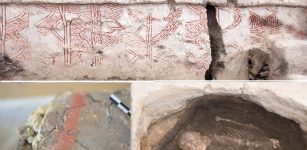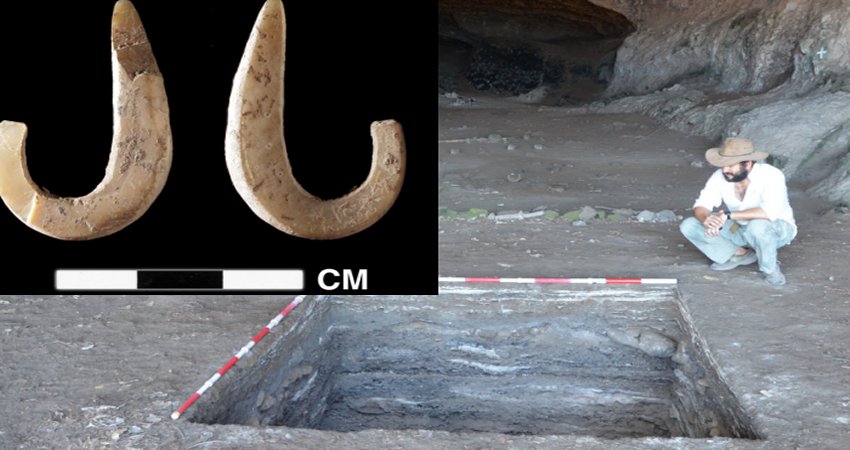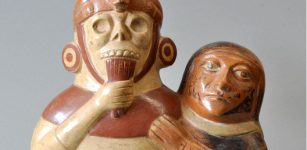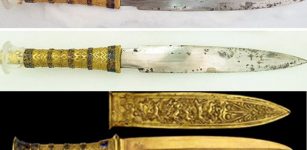Millennia-Old Shamanic Headdresses Reveal Secrets Of Hunter-Gatherer Rituals
MessageToEagle.com – A team of researchers led by archaeologists at the University of York used flint blades, hammerstones and fire to recreate replicas of ritual headdresses made by hunter-gatherers 11,000 years ago in North Western Europe.
Their research, which is the first scientific analysis of the oldest known evidence of a shamanic costume in Europe, suggests that hunter-gatherers achieved this through expedient manufacturing techniques.
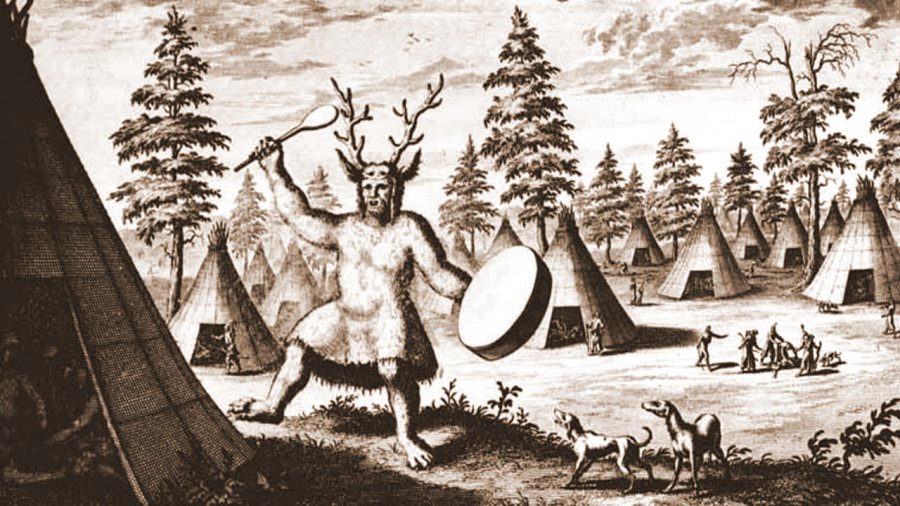
These may have involved packing the skull with damp clay and placing it in a bed of embers for up to four hours both to facilitate skin removal and make the bone easier to work.
“This research shows how experimental archaeology can give important insights into rare ancient artefacts. Knowing fire was used invokes a real sense of atmosphere surrounding the making of these ritual shamanic headdresses,” Dr Aimée Little, of the BioArCh research centre in the Department of Archaeology at York and lead author 0f the paper, said.
Archaeologists unearthed a total 24 red deer headdresses at Star Carr representing around 90 percent of all such known artefacts across early prehistoric Europe.
See also:
10 Reconstructions Of Ancient Cities, Monuments And Sacred Sites
The artefacts are formed from the upper part of a male red deer skull with the antlers attached – the lower jaw and cranial bones having been removed and the frontal bone perforated. Using techniques including 3D laser scanning allowed the team to observe and analyze a number of cut marks radiating out of perforations on both sides of the crania.
The researchers concluded that hunter-gatherers were likely to have removed the head and superficially cleaned it before starting work on producing the headdress.
“These headdresses are incredibly rare finds in the archaeological record. This is the only site in Britain where they are found, and there are only a few other headdresses known from Germany. This work into how they might have been made has given us an important glimpse into what life was like 11,000 years ago,” Professor Nicky Milner, co-director of the excavations at Star Carr, said.
The research published today in PLOS ONE.
MessageToEagle.com
Expand for referencesReferences:

